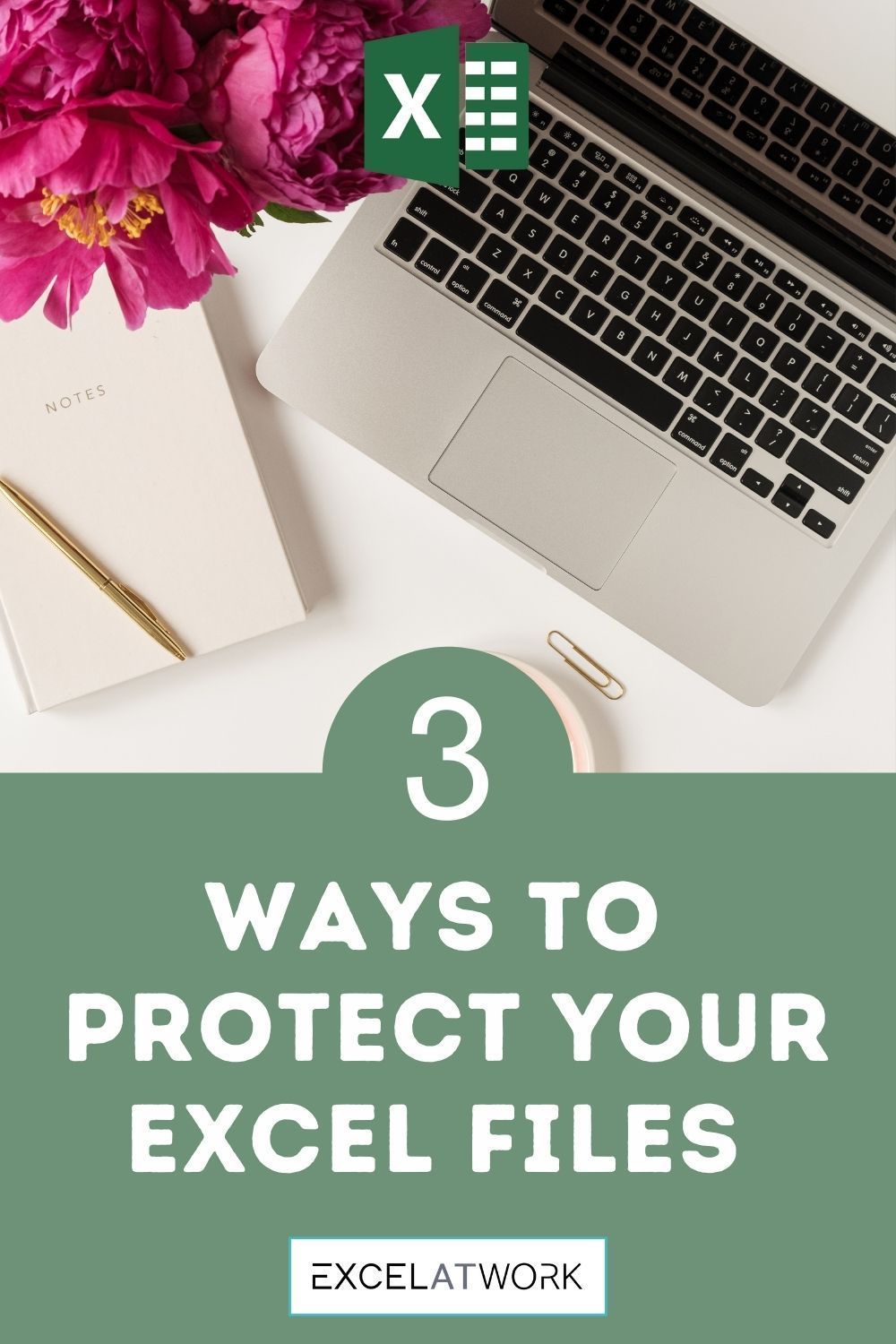5 Ways to Secure Your Excel Sheet in 2010

Introduction to Excel Sheet Security in 2010

In today's digital age, where data protection is paramount, securing your Excel sheets has become more critical than ever. Excel 2010, while not the latest version of Microsoft's popular spreadsheet software, still offers several methods to protect your valuable data. This comprehensive guide will walk you through five robust ways to enhance the security of your Excel sheets in Excel 2010, ensuring that your information remains confidential and safe from unauthorized access.

1. Password Protection

Excel 2010 allows you to set passwords for both opening the file and modifying its content. Here's how to do it:
- Open the workbook you want to secure.
- Click File > Save As.
- In the dialog box, select Tools next to the Save button, then choose General Options.
- Set a password in the Password to open field, or set one in the Password to modify field or both.
- Confirm your passwords and click OK, then save the file.
🔐 Note: Choose strong, unique passwords to enhance security. Always keep these passwords safe as there's no built-in way to recover them if lost.
2. Protecting Specific Worksheets

If you don't want to secure the entire workbook but only specific sheets, Excel offers this functionality:
- Right-click the tab of the worksheet you want to protect, select Protect Sheet.
- In the Protect Sheet dialog, you can:
- Set a password for unprotecting the sheet.
- Allow or disallow various actions like sorting, filtering, or inserting rows/columns.
- Click OK to apply protection.

3. Workbook Structure Protection

This protection prevents users from adding, moving, renaming, or deleting sheets:
- Go to the Review tab and select Protect Workbook under Changes.
- In the dialog box, you can set a password if desired.
- Check Structure to protect the workbook's structure.
- Click OK.
4. Cell Locking

Locking cells ensures that data cannot be altered by unauthorized users, even within a protected sheet:
- Select the cells or range you wish to lock.
- Right-click and choose Format Cells.
- In the Protection tab, ensure Locked is checked.
- Protect the sheet as previously described. Only locked cells will retain their protection.
| Action | Setting |
|---|---|
| Lock Cells | Check to lock cells |
| Hide Formulas | Check to hide formulas |

🔒 Note: Remember, by default, all cells in Excel are locked, but this only takes effect when the sheet is protected.
5. Encrypting the Excel File

Excel 2010 offers the option to encrypt your entire file, providing an extra layer of security:
- Go to File > Info.
- Click Protect Workbook, then Encrypt with Password.
- Enter your encryption password, confirm, and click OK.
- Save the changes to enforce the encryption.
This method uses AES 128-bit encryption, making your file's content secure against unauthorized access.
To wrap things up, securing your Excel 2010 sheets is crucial for maintaining data integrity and confidentiality. By employing one or more of the methods discussed—password protection, protecting specific worksheets, workbook structure protection, cell locking, and file encryption—you can significantly enhance the security of your spreadsheets. Remember that while these techniques provide robust security, the strength of the protection largely depends on the quality of the passwords you use. Always use complex passwords, change them regularly, and store them securely.
Can I recover a password-protected Excel file if I forget the password?

+
No, if you forget the password set in Excel 2010, there are no built-in methods to recover it. Ensure you remember or safely store the password.
How often should I update my Excel passwords?

+
It’s advisable to update your passwords at least every three months or when a security breach is suspected.
What’s the difference between protecting a sheet and a workbook?

+
Protecting a sheet restricts actions within that sheet (like editing cells). Protecting a workbook prevents structural changes like adding or deleting sheets.